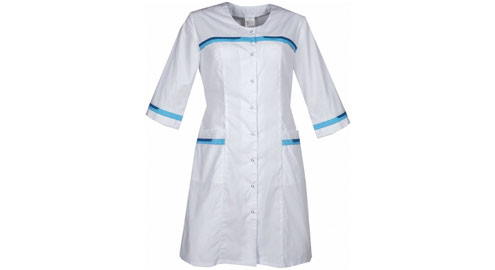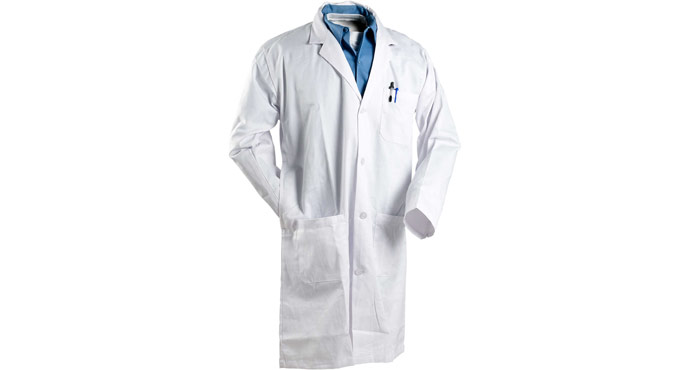When choosing medical clothes, you’ll want to avoid anything too tight because they may interfere with your mobility and prevent you from assisting patients during an emergency. The good news is that modern fitted scrubs are more likely to meet workplace dress codes. On the other hand, too-tight scrubs might raise questions about your workplace’s appropriateness and expose undergarment seams. Instead, the ideal fit falls somewhere between loose and form-fitting, or the “goldilocks” zone.
Color schemes

There are several color schemes that can be used to create a uniform for the medical profession. The colors used for these clothes vary depending on the size of the medical equipment. Large products should have a neutral color to make sure it does not overwhelm the space. Smaller items can use darker or more saturated colors. You should choose a color scheme that matches the equipment and does not clash with the patient’s skin color. If you are working with large equipment, you may want to avoid using colors like blue and green, which are both associated with high-tech and dirty environments.
The warmest colors are yellow, green, and blue. While these colors tend to be less feminine and more cheerful than other colors, they can still be used when appropriate. Yellow and orange are also considered to be less appealing colors as people get older. To select the perfect color scheme, you can check out websites that offer advice on color schemes. They are also useful in deciding on what colors to avoid. You should also consider the colors of your staff and patients.
Fabric
The fabric of medical clothes is an important consideration when it comes to the comfort and durability of these clothing. The right fabric is necessary to protect the body and the patient’s delicate organs. Fortunately, today’s medical garments are made of several types of fabrics. There are cotton and polyester materials available, and even blends of these two are becoming popular for medical clothing. Polyester-spandex clothes are a good example of these materials. They are both wrinkle-resistant and breathable, and they are easy to clean, check over here.
For example, the hospital Nij Smellinghe in the Netherlands is committed to environmentally friendly workwear. The hospital employs about 1.5 thousand people, including staff in the departments of lymphology and abdominal healthcare. Over two hundred and thirty garments made of a variety of fabrics are used in the hospital’s departments. The fabrics that are used are certified as Oeko-Tek Class I. As a result, they are both sustainable and comfortable.
Pockets
For healthcare workers, the right amount of pockets on their scrubs and other clothing can have a huge impact on their productivity. Pockets help them store items such as pens and gauze pads, which are frequently needed for their day-to-day work. It’s best to choose scrubs with a few standard pockets, rather than relying on a feature pocket. The more pockets you have, the better, but you should also consider the number of additional pockets you may need.
When it comes to pockets, it’s important to choose those that are convenient for you and don’t leave you dangling. Pockets are essential for holding your valuable items, but make sure you don’t have too many if you’re easily forgetful. Pockets are not the only thing that should be easy to access when you’re working, and they should hold your items securely and not fall out easily. Also, if you’re planning on securing larger items in your pockets, consider selecting those with zippers.
Fit
When choosing your uniform, consider how often you’ll be on your feet. Many doctors work long shifts, which means they’re on their feet a lot. Some work 24-hour on-call shifts, which means that they’ll need a comfortable pair of shoes that can last through the long hours. A good pair of high-quality clogs will keep you comfortable and supported during long shifts.
Summary
Pockets are essential for nurses and doctors. They can be convenient for holding penlights, small devices, notebooks, and hemostats. Pockets should be available on both the top and bottom of scrubs to make organization easier. Oftentimes, nurses and doctors have to wear uniforms that are customized for work purposes. If you need to buy new scrubs, remember to follow your employer’s rules regarding what you can and cannot wear at work.
